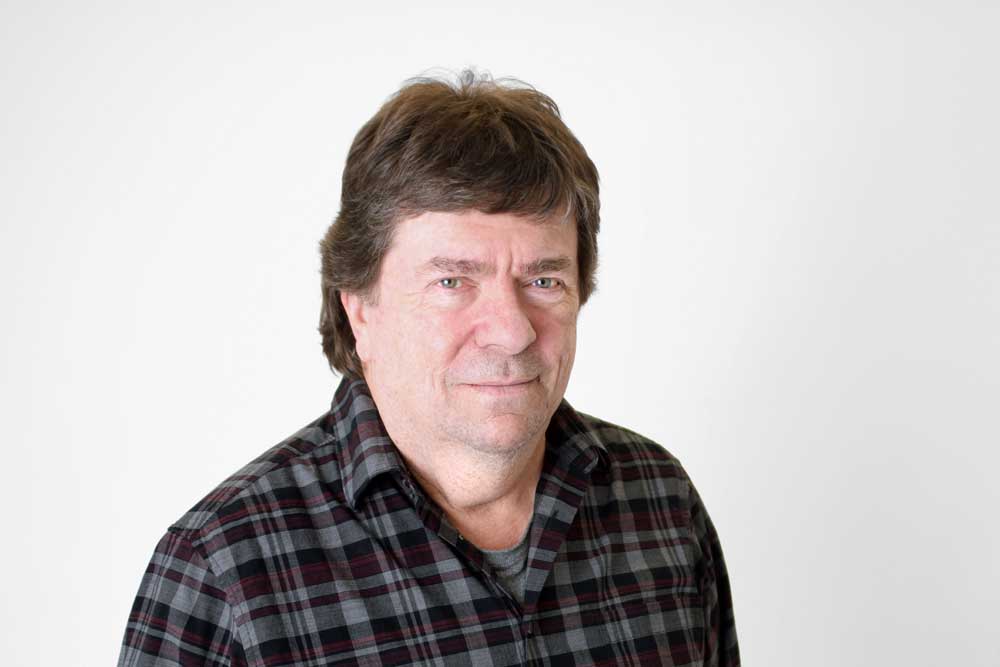THINKING OUT LOUD: Mind your P’s, Q’s … and the other 24 as well
Published 5:00 am Friday, October 27, 2023

- Galvin crop
June 1, 1969, was a Sunday. Not much particularly memorable happened that day, beyond John Lennon and Yoko Ono’s recording of “Give Peace a Chance” — a session memorable because background vocals were provided by Petula Clark and Timothy Leary, as Tom Smothers played acoustic guitar.
Trending
I looked that up on Wikipedia. I know a lot of arcane factoids, but 12-year-old me was far more interested in the fate of the Boston Red Sox — they beat Minnesota that day, 5-2 — than I was the goings-on in a room at the Queen Elizabeth Hotel in Montreal.
I looked that up, too.
But it turns out that June 1, 1969, was the day that W.L. Rinehart, the renowned director of the Functional Handwriting System of Waltham, Massachusetts — who was known as the “master of the ornate capital and the shaded letter” — signed a certificate that proclaimed that I had “attained a satisfactory degree of proficiency in Functional Handwriting.”
Trending
That, however, I could not find on Wikipedia. Instead, I found it in a folder near the bottom of a U-Haul-supplied moving box that had “Family Stuff” scribbled in black marker on a flap.
The certificate has faded — what the heck, it’s 54 years old; which, come to think of it, is the age when I started fading — but it’s still legible enough to contain two troubling imperfections.
The first is that whoever printed these up (with no evidence to the contrary, I blame the Functional Handwriting System of Waltham, Massachusetts) broke the word “proficiency” over two lines … pro- / ficiency … when there was enough space to put the word on a single line.
The other is that this award that celebrates the “satisfactory degree” of my handwriting is printed in calligraphy — when we were being judged on our mastery of writing in cursive.
No wonder it’s been relegated to a folder near the bottom of our Family Stuff box, rather than framed hanging on the wall next to our poster of the Cape Cod and the Islands subway system and a front page from The Onion announcing the sinking of the Titanic with the headline “WORLD’S LARGEST METAPHOR HITS ICE-BERG.”
(Another ill-placed hyphen … what’s wrong with these people?)
All of which — well, not Yoko and the Red Sox — leads to to relaying the news that California has reinstituted the mandatory teaching of cursive writing for young students through the sixth grade.
Those behind the bill that became law when signed by Gov. Gavin Newsom cite, among other things, the need to learn handwriting should students wish to read and comprehend historical documents that haven’t found their way to the internet.
If this all sounds atavistic to you, consider all those times the yutes stare at a three-handed clock displaying Roman numerals and find themselves unable to tell the time.
Oh.
There is, apparently, a study supporting the teaching of cursive — because, after all, there’s always a study — for reasons beyond learning the difference between W.L. Rinehart’s ornate capital Q and the number 2.
The Norwegian University of Science and Technology shockingly discovered three years ago that students writing in cursive activated different electrical activity in their brains than they did when they typed or texted.
Plus, they used more than their thumbs and forefingers when doing so.
(Side note: It took an amazing degree of willpower not to incorrectly cite the study, for anagrammatical purposes, as coming from Norwegian University of Technology and Science.)
I once had handwriting with a surprising level of aesthetic flair — far beyond a “satisfactory degree of proficiency,” if I must say so myself — so an attempt to reintroduce such instruction back into the schools tugs a little at my heartstrings.
However, I find the value of learning cursive akin to learning the Pythagorean Theorem in that it’s not so much a matter of learning about handwriting or triangles, as it is learning how to think for themselves — without heading straight to the internet for answers.
And if we can get the younger generation to see the value in thinking, there might be hope for us yet.









